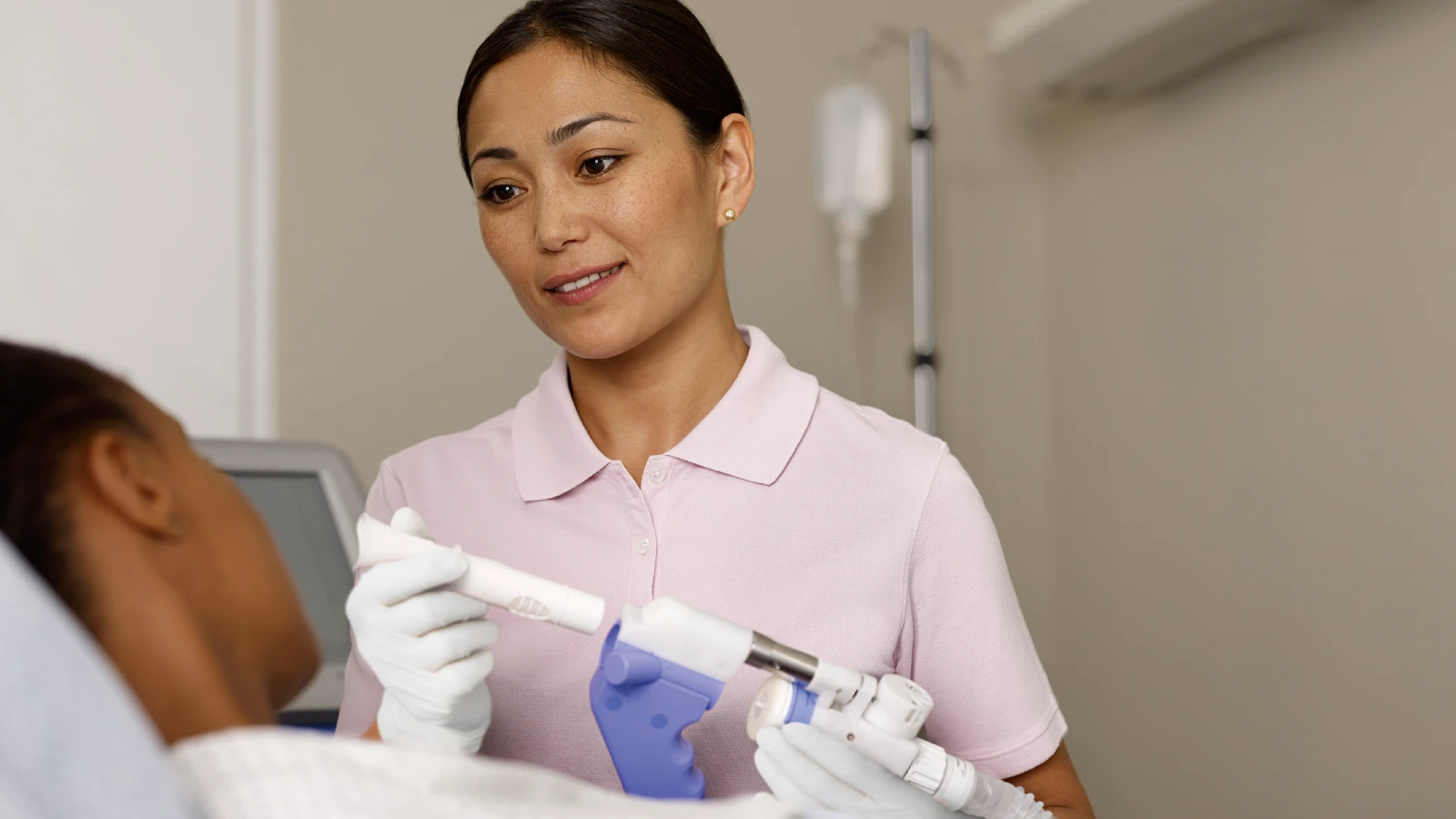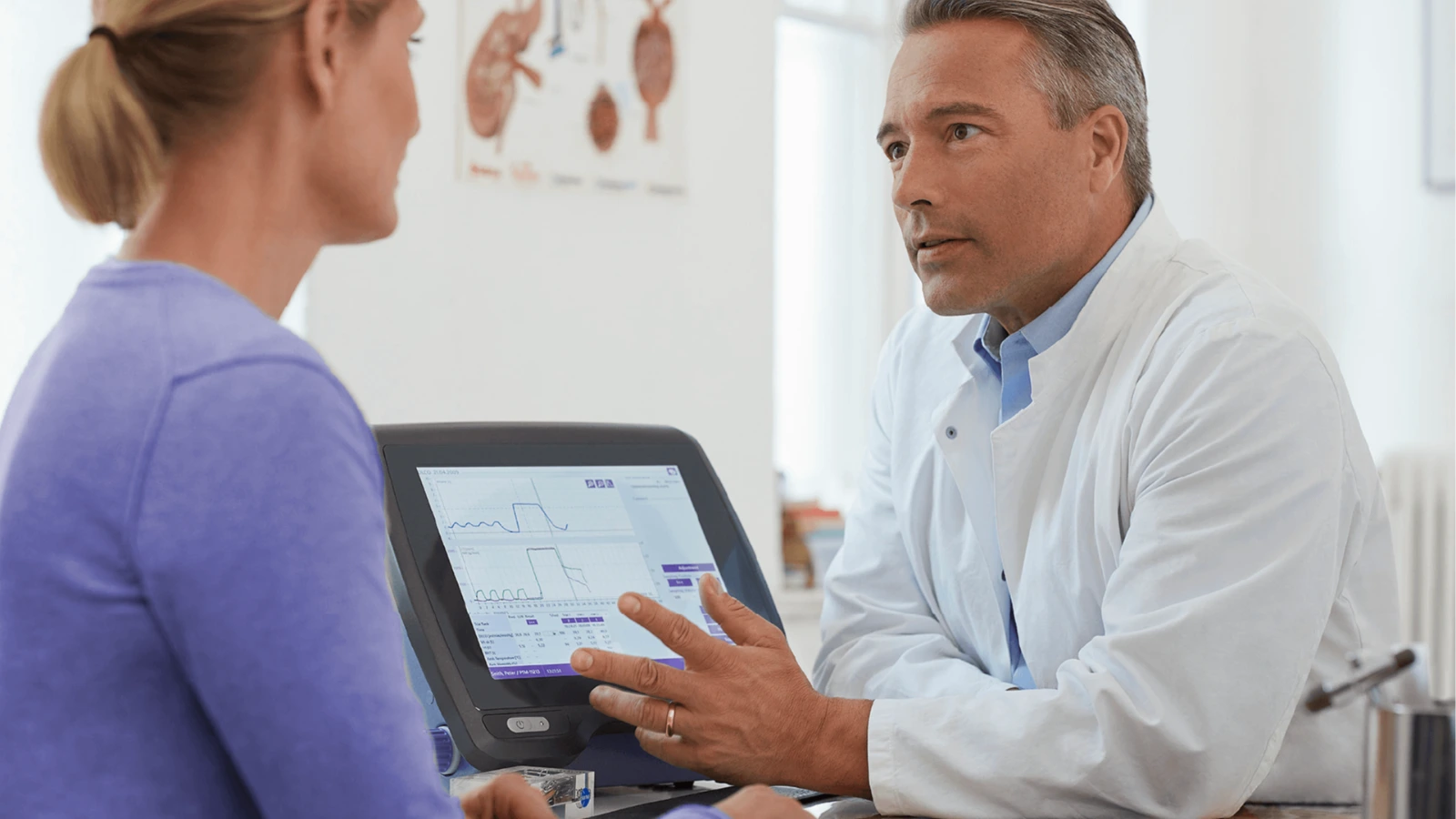Pulmonary function testing for cardiovascular disease
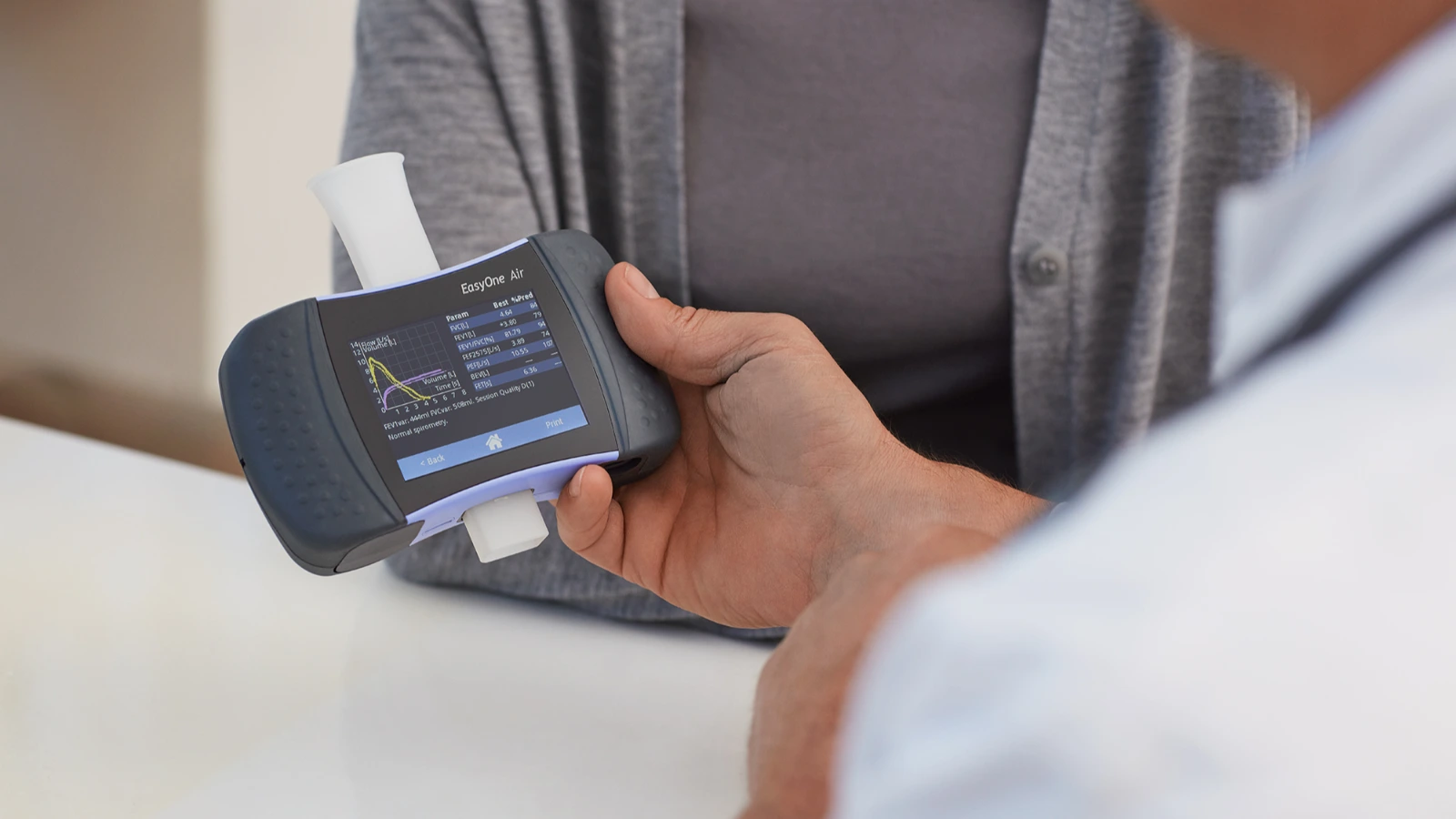
The insidious global burden of cardiovascular diseases (CVD) #
Cardiovascular diseases (CVDs), including conditions like coronary artery disease, cerebrovascular disease, and deep vein thrombosis, place an enormous burden on healthcare systems around the globe. Data from the World Health Organization states that nearly 18 million worldwide deaths are attributable to CVD, accounting for almost a third of all global deaths1. These fatalities usually arise from acute events like a heart attack or stroke, but such incidents are merely the endgame of years of other, less obvious health concerns. Even when these issues are noticed, they can be confused with symptoms of other conditions that share similar risk factors. For example, shortness of breath caused by an irregular heartbeat could be easily mistaken for shortness of breath related to COPD, especially in someone with a history of smoking.
The challenge of pulmonary function testing with CVDs #
It is often assumed that pulmonary function tests like spirometry are specific to the lungs. However, spirometry can actually play a critical role in assessing the risk of cardiovascular disease. The Jackson Heart Study, a collaboration between the National Institutes of Health, several academic institutions, and the community of Jackson, Mississippi, found that a restrictive spirometry pattern served as a distinct risk factor for the development of heart failure within a decade and was nearly as prognostic as the obstructive patterns found in COPD. In addition, restrictive patterns were associated with higher levels of endothelin, a known biomarker for CVD risk2.
Despite this evidence, access to spirometry is still challenging for many patients. Many primary care practices have not yet established spirometry programs, and many others may be stuck in the mode of thinking spirometry is only for the lungs. Cardiologists may be reluctant to add another piece of historically-expensive equipment to their practices, especially one that isn’t as familiar as an EKG or ultrasound machine. The perceived cost of the equipment is a barrier in the developing world as well, an important factor to consider when the WHO data also tell us that over three-quarters of the global CVD deaths occur in low- and middle-income countries.
Solution #
Fortunately, ndd can put these concerns to rest with cost-effective, user-friendly pulmonary function solutions that can be implemented in virtually any practice setting. Also, ndd’s proven track record of quality and safety can make your infection control staff just as satisfied as your patients.
Spirometry with the EasyOne Air #
In addition to the Jackson Heart Study, spirometry is supported by the Atherosclerosis Risk in Communities (ARIC) study, a massive epidemiological effort that found a rapid decline in forced expiratory volume in 1 second (FEV1) as associated with a quadrupled risk of heart failure in the following year, independent of race or sex.3 In addition, throughout the roughly 17 years of the study, a decline in forced vital capacity (FVC) was also associated with an elevated risk of heart failure. These measures can only be detected through the use of high-quality spirometry, and the state-of-the-art EasyOne Air places this ability literally in the palm of your hand. With a user-friendly color touchscreen built-in and a variety of connectivity options, the EasyOne Air empowers your staff to develop quickly the skills necessary to provide one-stop diagnostic testing for your patients.
Going beyond & adding DLCO testing #
In addition to checking airflow, your patients can benefit from an evaluation of how well oxygen and carbon dioxide transfer between the lungs and the bloodstream. A good test to measure how well the gas exchange works, is known as the diffusion capacity of carbon monoxide (DLCO).
It takes advantage of carbon monoxide’s high affinity for hemoglobin to provide a rapid snapshot of not only lung health but cardiac capacity. The presence of a restrictive spirometry pattern, as well as decreased DLCO measurement, has been associated with elevated resistance in the pulmonary vasculature, as well as lower pulmonary artery compliance4. These are signs of severe pulmonary congestion, which is also associated with lower survival in people with heart failure. Low DLCO is also associated with mortality in heart failure with a preserved ejection fraction (HFpEF5) and appears to be a marker of ventilation/perfusion mismatch and lower activity tolerance6.
With many of the risk factors for CVD overlapping those for chronic respiratory conditions like COPD, it’s also a good idea to check the lungs of those people experiencing such symptoms, especially if such tests can be done at the same encounter.
That’s where the EasyOne Pro series comes in. These devices build on the ultrasonic airflow measurement technology in the EasyOne Air by adding DLCO capability (and, with the EasyOne Pro LAB, additional lung clearance measures), again utilizing an easy-to-use interface and calibration-free TrueFlow™ technology that minimizes the burden on your staff.
The key to success: Collaboration #
Prevention is always the most efficient way to prevent diseases, and CVD is no exception. However, the next best method is early detection and diagnosis, along with collaborative and personalized treatment plans. That allows the entire healthcare team to work together with their patients to keep them living their best lives. ndd’s EasyOne Connect software provides a flexible, collaborative solution, featuring integration with all major electronic medical record systems (EMR, EHR), as well as offline options to adapt to any workflow. This allows cardiologists, pulmonologists, and primary care providers to identify risk factors earlier, make the right diagnoses faster, and optimize disease management care longer.
While spirometry and DLCO measurements are unlikely to ever supplant long-established cardiac biomarkers like imaging or blood tests, the time has come for them to be considered necessary compliments to these assessments and to the insight of expert clinicians. These tests offer valuable context to pathology and an individual’s symptom burden and can be easily integrated into daily practice.
ndd – Good for the lungs, good for the heart #
ndd’s EasyOne products allow today’s clinician access to rapid pulmonary function testing, from basic spirometry to more insightful DLCO measurements. This, in turn, enables the delivery of robust, accurate results with minimal labor and without complex and time-consuming calibration and setup routines. These machines are able to inform a patient’s care every step of the way, from diagnosis to long-term treatment. In addition, PFTs are also reimbursable through Medicare, Medicaid, and most private insurance carriers, adding an additional revenue stream that allows return on investment not in years but in months or weeks (depending on patient volume). You know your patients are more than the sum of their parts; why not use a testing strategy that takes the same informed approach?
To learn more, click on the ndd solutions below:
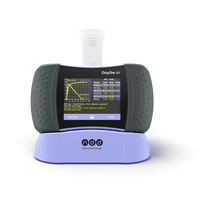
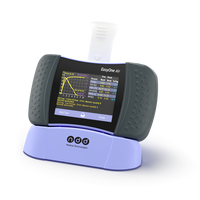
EasyOne Air
Portable & PC spirometer


EasyOne Pro
Portable DLCO, Lung Volumes and Spirometry
Cardiovascular diseases (CVDs). Accessed February 16, 2021. https://www.who.int/en/news-room/fact-sheets/detail/cardiovascular-diseases-(cvds) ↩︎
Jankowich M, Elston B, Liu Q, et al. Restrictive spirometry pattern, cardiac structure and function, and incident heart failure in African Americans. The Jackson heart study. Ann Am Thorac Soc. 2018;15(10):1186-1196. doi:10.1513/AnnalsATS.201803-184OC ↩︎
Silvestre OM, Nadruz W, Querejeta Roca G, et al. Declining Lung Function and Cardiovascular Risk: The ARIC Study. J Am Coll Cardiol. 2018;72(10):1109-1122. doi:10.1016/j.jacc.2018.06.049 ↩︎
Melenovsky V, Andersen MJ, Andress K, Reddy YN, Borlaug BA. Lung congestion in chronic heart failure: Haemodynamic, clinical, and prognostic implications. Eur J Heart Fail. 2015;17(11):1161-1171. doi:10.1002/ejhf.417 ↩︎
Agarwal R, Shah SJ, Foreman AJ, et al. Risk assessment in pulmonary hypertension associated with heart failure and preserved ejection fraction. J Hear Lung Transplant. 2012;31(5):467-477. doi:10.1016/j.healun.2011.11.017 ↩︎
Kee K, Stuart-Andrews C, Ellis MJ, et al. Increased dead space ventilation mediates reduced exercise capacity in systolic heart failure. Am J Respir Crit Care Med. 2016;193(11):1292-1300. doi:10.1164/rccm.201508-1555OC ↩︎




